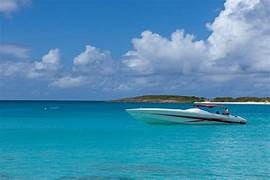A twin-island nation nestled in the heart of the Caribbean, a paradise for nature lovers and sun-seekers alike. The islands are renowned for their stunning natural beauty, which includes pristine beaches, lush rainforests, and vibrant coral reefs.
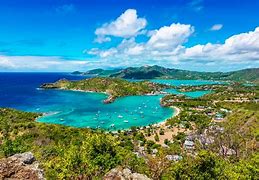
Antigua, the larger of the two islands, is home to 365 beaches – one for each day of the year. Each beach boasts its unique charm, from the tranquil turquoise waters of Dickenson Bay to the pink-hued sands of Half Moon Bay. The island’s coastline is a haven for water sports enthusiasts, offering excellent conditions for sailing, snorkeling, and diving.
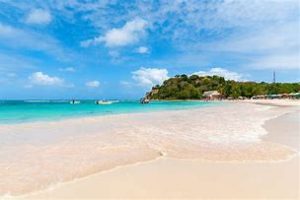
In contrast, Barbuda is a flat coral island with an extensive fringing reef. The island’s low-lying terrain is dotted with lagoons and salt ponds, providing a sanctuary for a diverse range of bird species. The Frigate Bird Sanctuary, located in the island’s northwestern lagoon, is a must-visit for birdwatchers. It is home to one of the largest colonies of frigate birds in the world.
Beyond the beaches, Antigua’s interior is a tapestry of rolling hills, tropical rainforests, and historical plantations. A hike up to the island’s highest point, Mount Obama, offers panoramic views of the surrounding landscape. The island’s rich biodiversity is best explored in the rainforest, where trails weave through towering trees, past cascading waterfalls, and into the habitats of exotic wildlife.
The islands’ underwater world is equally captivating. The warm, clear waters surrounding Antigua and Barbuda are teeming with marine life, including colorful coral reefs, schools of tropical fish, and even the occasional sea turtle. Divers and snorkelers can explore sunken shipwrecks, swim through underwater caves, and marvel at the vibrant coral formations.
Whether you’re a tourist looking for the best restaurants in town or just want to try something new, you’ve come to the right place. Here’s a guide to the top restaurants in Antigua that you won’t want to miss.
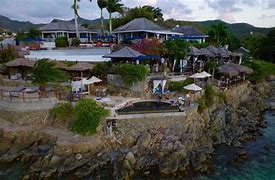
If you’re looking for a romantic dinner spot, head to Sheer Rocks. This beachfront restaurant offers stunning views of the Caribbean Sea and a menu of fresh seafood and international dishes. The restaurant also has an extensive wine list and a cozy outdoor lounge area.
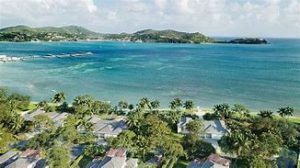
For a taste of traditional Antiguan cuisine, check out The Beach House. This beachfront restaurant serves up classic dishes like conch fritters, grilled lobster, and jerk chicken. The restaurant also has a great selection of local beers and rums.
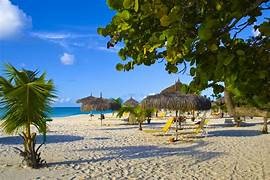
If you’re in the mood for Italian, head to La Bussola. This cozy trattoria serves up delicious homemade pasta dishes, wood-fired pizzas, and classic Italian desserts. The restaurant also has an extensive wine list and a cozy outdoor patio.
So, when is the best time to visit Antigua and Barbuda to fully appreciate its natural beauty? The islands enjoy a tropical climate, with warm temperatures and plenty of sunshine year-round. However, the dry season, which runs from December to April, is generally considered the best time to visit. During these months, the weather is less humid, and there is a lower chance of rain. This makes it an ideal time for outdoor activities such as hiking, birdwatching, and water sports.
However, visiting during the wet season, from May to November, has its advantages too. The islands are less crowded, and the lush vegetation is at its most vibrant. Plus, the occasional rain shower can be a welcome respite from the Caribbean heat.
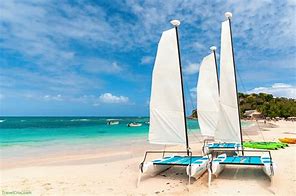
Each season offers a unique experience, and the best time to visit largely depends on what you’re looking to get out of your trip.
If you’re seeking a sun-soaked vacation, the dry season is the ideal time to visit. During these months, the islands bask in the warmth of the sun, with temperatures averaging around 81°F (27°C). The weather is perfect for lounging on the beach, exploring the islands’ natural beauty, or indulging in water sports like snorkeling, diving, and sailing. The dry season is also the peak tourist season, so expect bustling beaches and lively festivals. Antigua’s famous Sailing Week, a world-renowned regatta, takes place in late April, drawing sailing enthusiasts from around the globe.
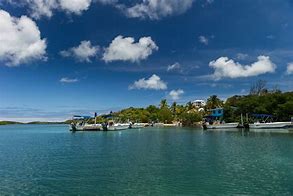
On the other hand, if you’re looking to avoid the crowds and enjoy a more laid-back vacation, the wet season might be more to your liking. While this period sees more rainfall, showers are usually brief and followed by sunshine. The islands are less crowded, and you can explore the natural beauty at your own pace. The wet season also brings with it the spectacle of the annual Carnival, held in late July to early August. This vibrant celebration of music, dance, and culture is a sight to behold and a unique experience that’s not to be missed.
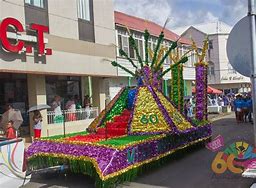
However, it’s worth noting that the wet season also coincides with the Atlantic hurricane season. While Antigua and Barbuda are less prone to hurricanes than other Caribbean islands, it’s always a good idea to keep an eye on the weather forecast and plan accordingly.
In terms of pricing, the dry season, being the peak tourist season, tends to be more expensive. If you’re traveling on a budget, the wet season offers more affordable accommodation and flight options. However, regardless of when you choose to visit, Antigua and Barbuda promise a memorable vacation filled with breathtaking natural beauty, warm hospitality, and exciting adventures.
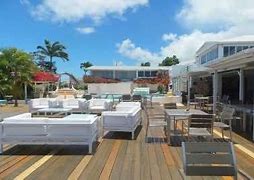
In conclusion, the best time to visit Antigua and Barbuda depends on your personal preferences. If you’re after sunshine and lively festivities, the dry season is your best bet. If you prefer a quieter, more relaxed vacation with the added bonus of the Carnival, consider visiting during the wet season. Regardless of the season, the natural beauty of Antigua and Barbuda is sure to leave you spellbound.
